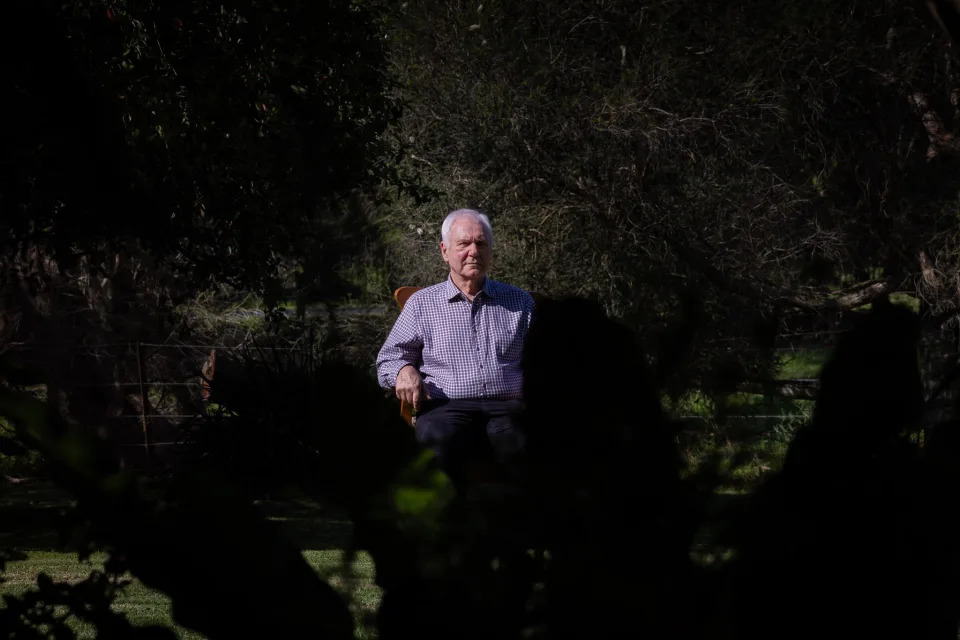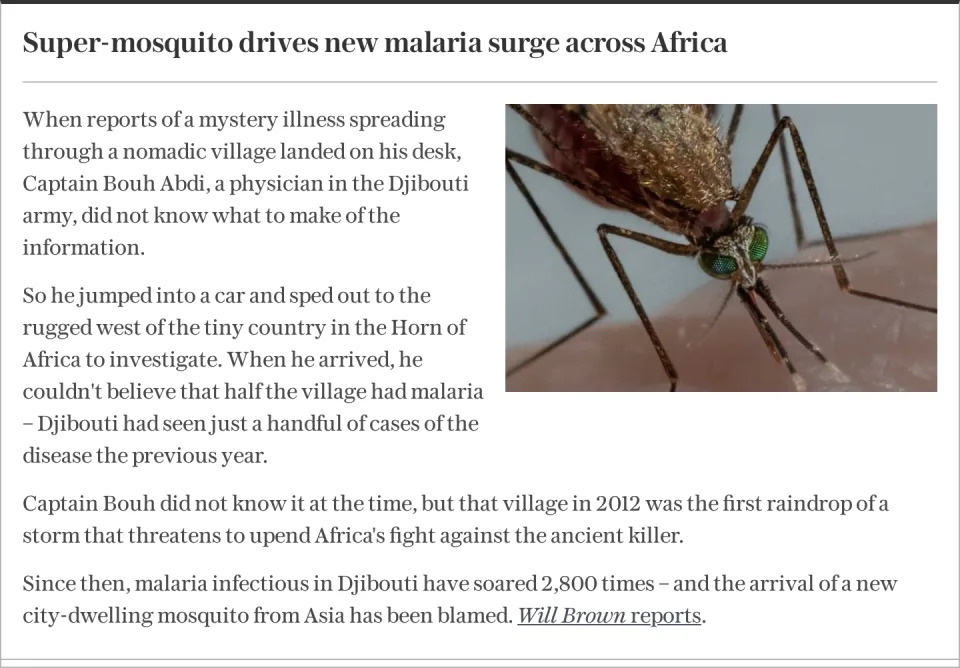Helena Horton Environment reporter
Mon, 20 November 2023

Photograph: Richard Burdon/Alamy
The government and environment agency failed in their duty to restore and protect waterways from pollution, the high court has ruled in a significant case that could force an overhaul of the government’s plans.
Fish Legal and Pickering Fishery Association took the government to judicial review over its river basin management plan for the Costa Beck river in the Humber district, which had a reputation as one of the best fly fishing spots in the UK until a few years ago.
The lawyers presented the court with evidence that the Costa Beck is failing for fish under the Water Framework Directive regulations. One of the reasons for that, they argued, is sewage pollution – Yorkshire Water’s “storm” sewage overflow at Pickering treatment works discharged into the Costa Beck more than 250 times in 2020 and more than 400 times in 2019.
They argued that the Environment Agency had failed to follow through with its proposed action against polluters.
The high court ruled that the government and the Environment Agency had failed in their mandatory legal duties to review, update and put in place measures to restore rivers and other water bodies under the Water Framework Directive regulations. The judge concluded there was no evidence the programme of measures could be expected to achieve the stated environmental objectives.
The judge accepted discharges were contributing to the poor condition of the river and said that, under the regulations, discharges for specific rivers such as the Costa Beck need to be regulated more tightly, if their condition is to improve.
The judge characterised the approach of the secretary of state for the environment as one of “smoke and mirrors”. The angling club, which won the court case, said the secretary of state was planning to fail.
Lawyers believe the ruling means the basis for the government’s plans to protect waterways from pollution – which have been criticised as weak – could be unlawful, and ministers could be forced to strengthen their measures.
This has potentially created a mess for the new environment secretary, Steve Barclay, who may have to overhaul the plans of the Department for Environment, Food and Rural Affairs (Defra).
It could open the door for other groups to bring similar challenges for the other river basin plans across the country, as the court found that the fundamental requirement to assess and identify specific measures to achieve the legally mandatory targets for each water body – such as tightened environmental permits for controlling sewage pollution – had unlawfully not been done.
Andrew Kelton, a solicitor at Fish Legal, said: “This case goes to the heart of why government has failed to make progress towards improving the health of rivers and lakes in England. Only 16% of water bodies – 14% of rivers – are currently achieving ‘good ecological status’, with no improvement for at least a decade, which comes as no surprise to us having seen how the Environment Agency at first proposed, but then for some reason failed to follow through with the tough action needed against polluters in this case.
“The Upper Costa Beck is just one of 4,929 water bodies, but it is a case study in regulatory inaction in the face of evidence of declining river health.”
He added: “The Environment Agency and the government have taken a high-level, generic – and effectively non-committal – approach to achieving targets when what was needed was a water-body-by-water-body plan of real action to stop ongoing damage.
“We hope this ruling will lead to actual environmental improvements, not only on the Costa Beck but on every other ‘failing’ river and lake across the country.”
Lawyers acting for the campaigners believe the ruling could force the government to strengthen its entire water plans including its much derided “plan for water”, which was announced earlier this year.
Penelope Gane, head of practice at Fish Legal, said: “The environmental objectives and information in river basin management plans underpin all sorts of long-term statutory plans and other strategic planning, including the government’s plan for water, water company business plans, water resources regional plans and the chalk stream restoration strategy. This legal action exposes that all of those policies and plans are effectively built on foundations of sand.”
A spokesperson for Yorkshire Water previously said: “The EA has undertaken water framework directive assessments at Costa Beck. These indicate that neither the water industry nor sewage are either confirmed or even probable causes of the watercourse failing to achieve good ecological status.
“Yorkshire Water is not party to this ongoing case. Nevertheless, we continue to work in partnership with the local angling association on this issue.”
The shadow secretary of state for the environment, Steve Reed, said: “The water industry is broken after 13 years of Conservative failure, with stinking, toxic sewage swilling through our rivers, lakes, and seas. This Conservative government’s plan is so weak it’s now been declared unlawful. They have been happy to stand by and let the sewage flow due to their sheer incompetence.
“Only Labour will take tough action to end this scandal by putting the water industry under special measures. We will ban water bosses’ bonuses, and introduce severe, automatic fines until the water companies clean up their filth.”
A Defra spokesperson said: “We are carefully considering the outcome of this judgment and next steps.
“The government has an ambitious plan for water, which is delivering more investment, stronger regulation and tougher enforcement needed to clean up our waterways. This includes reforming river basin management plans and delivering tailored long-term catchment action plans for local groups to improve all water bodies in England.”

















